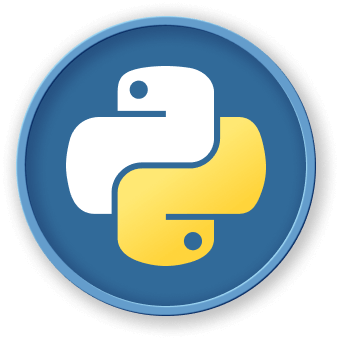Introduction
Objectives:
- Defining modules
- Using the import statement
Note: For this exercise involving modules, it is critically important to make sure you are running Python in a proper environment. You may need to check the value of sys.path if you can't get import statements to work. Ask for assistance if everything seems broken.
Before starting this exercise, first restart your Python interpreter session. If using IDLE, click on the shell window and look for a menu option "Shell > Restart Shell". You should get a message like this:
>>> ##################== RESTART ##################==
>>>If you are using Unix, simply exit Python and restart the interpreter.




